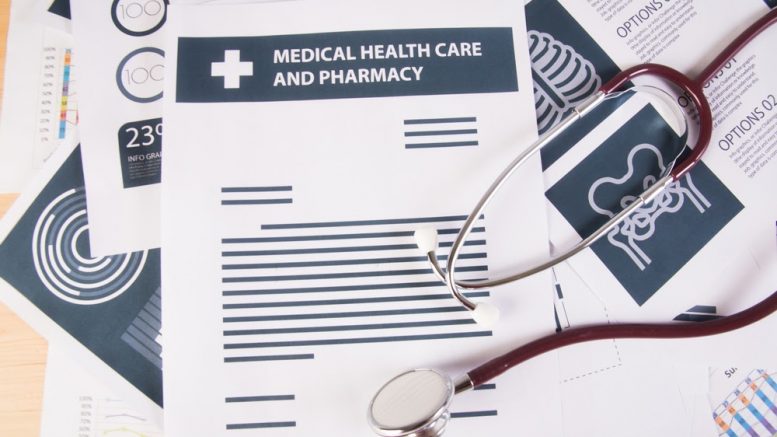Electronic health records, or EHRs, have come a long way and have made a permanent place in the majority of U.S. hospitals and health systems. While it set out to replace paper medical records, it has transformed into something more than “digital” medical records. EHRs are the backbone of modern healthcare right now – virtually all decisions made regarding patients depend on electronic health record data. However, this requires that the data in EHRs must be consistent, accurate, unfragmented, relevant, and meaningful.
That being said, let’s take a closer look at how EHRs improve healthcare outcomes, provide personalized care, and ensure patient safety – all of which require consistent electronic health record data.
Electronic health records in a nutshell
EHRs are quite self-explanatory. These are patient medical records that contain information such as a patient’s:
- Medical history
- Diagnoses
- Treatment plans
- Medications
- Allergies
- Immunization dates
- Lab test results
As can be understood, almost everything a physician might want to know about the patient, they can do so just by taking a look at their EHR. These medical records also allow access to tools that can help with decision-making and enhance patient care in the process.
With that out of the way, let’s take a look at how EHRs actually improve patient outcomes and ensure safety.
How electronic health records improve patient safety
EHRs ensure proper communication between healthcare teams
EHRs have become a staple in healthcare for quite some time now. While their predecessor, paper medical records, had many disadvantages, EHRs have practically eliminated most of them. Electronic health records can be easily shared across healthcare facilities, can be viewed by authorized healthcare teams simultaneously, can be easily updated by the patient’s caregivers, and more. All of this was not possible with paper medical records, and EHRs have streamlined communication between physicians and hospitals, boosting coordinated care.
EHRs keep patient information consolidated
Let’s go back to a time when EHRs didn’t exist yet. Suppose a patient went to their physician at the hospital – everything necessary will be updated in the paper medical record of the patient. These documents might get lost, stolen, damaged, etc. Moreover, there’s only so much information paper medical records can hold – think about patients who have extensive medical histories!
EHRs, on the other hand, can hold a large amount of information and can present the relevant data with a few clicks. As physicians can view everything in a single location, it helps with time-sensitive cases – improving patient safety in the process.
As previously mentioned, EHRs not only hold the patient’s medical history, but also all other relevant information such as the treatment plan, insurance details, and more – helping provide a holistic view of the patient’s condition.
All of this information that is consolidated in the EHRs ultimately aids healthcare providers with making informed decisions and ensuring that the patients are receiving timely and appropriate care.
EHRs improve efficiency and workflow
While EHR systems are costly investments, they significantly improve the workflow and efficiency of hospitals and health systems over time, reducing costs. Registrars and caregivers can spend lesser amounts of time searching for medical records, and all of this helps reduce expenses. EHRs help by providing the medical records quickly to the relevant parties to treat patients – helping improve patient safety.
Why consistent electronic health record data is crucial
While those were just a few of the many benefits of EHRs, all of this is impossible without ensuring and maintaining electronic health record data. Everyone understands the importance and role of EHRs in healthcare, but some might overlook the importance of feeding accurate, high-quality data into them.
If patient data is not accurate, consistent, or relevant, everything regarding patient outcomes will be riddled with errors.
There are some factors due to which patient data can be corrupted – one of the less discussed ones is the lack of accurate patient identification. Due to patient identification errors, medical records get mixed up, and the patients involved receive the wrong treatment, the wrong medications, and so on. Such cases often end up with readmissions, detrimental healthcare outcomes, patient safety incidents, and even deaths. All in all, ensuring that the right information is being fed to the accurate medical record is a must.
How healthcare providers are ensuring accurate patient identification
While both patient misidentification and medical record errors are rampant in many healthcare facilities, caregivers are dealing with them differently. Some use two (or even more) patient identifiers, many use touchless patient identification solutions, and others are rallying together and urging to remove the ban on the creation of the state-funded unique patient identifier.
Whichever the case may be, it is crucial that hospitals ensure positive patient identification, as identifying the right patient leads to accurate information being fed to EHRs – ensuring consistency, patient data integrity, and improving patient safety in the process.





